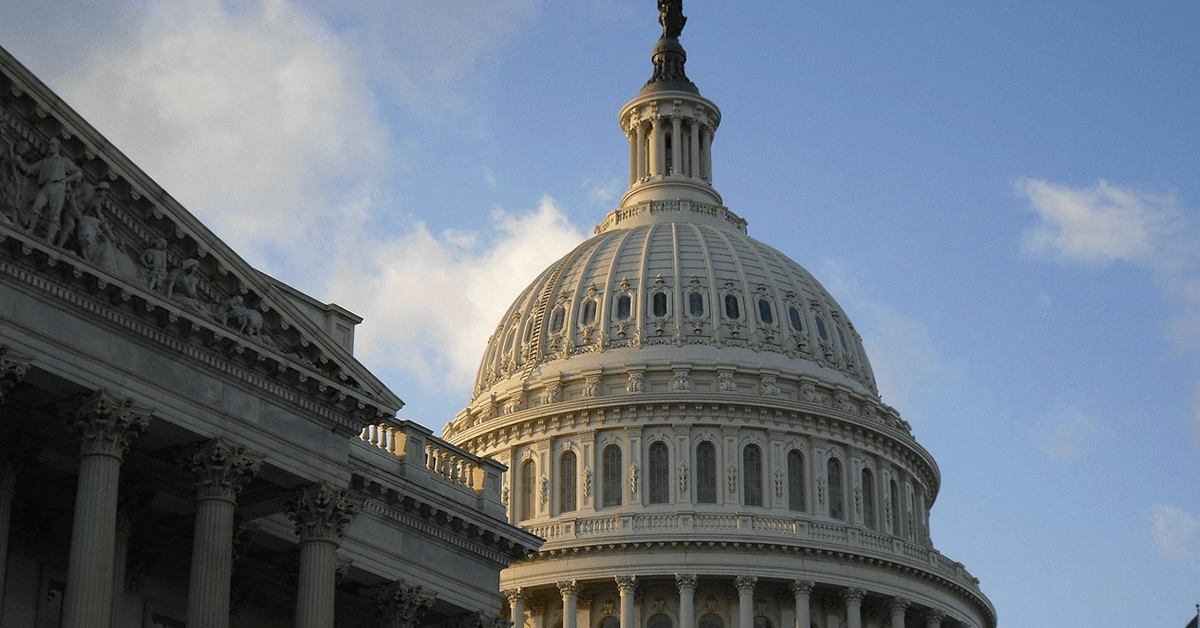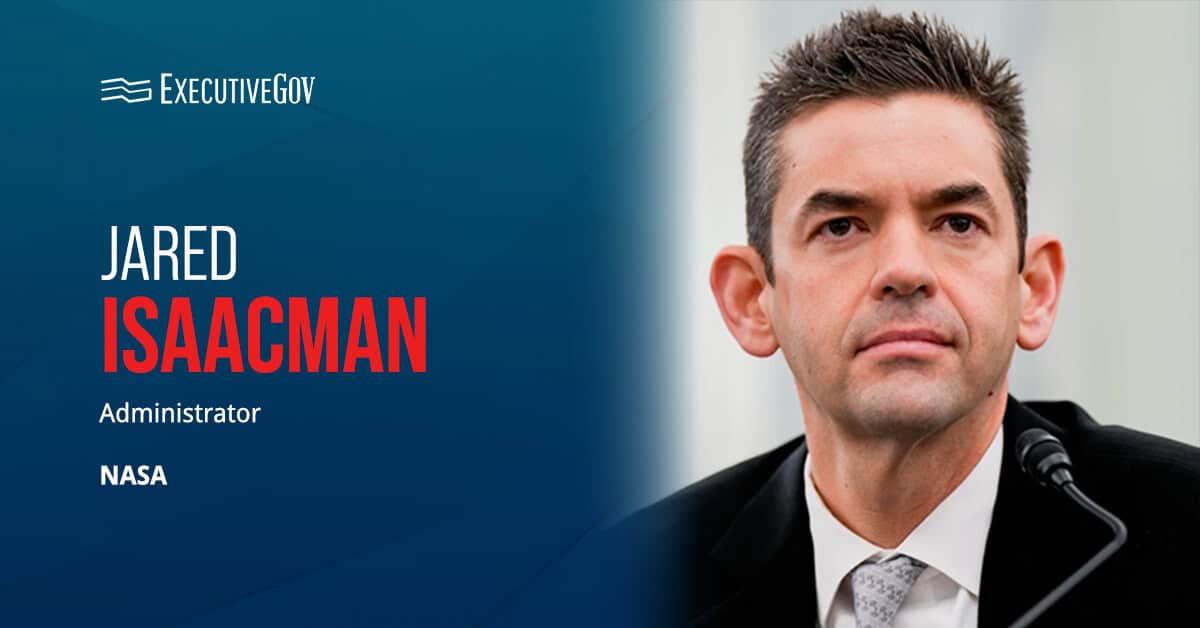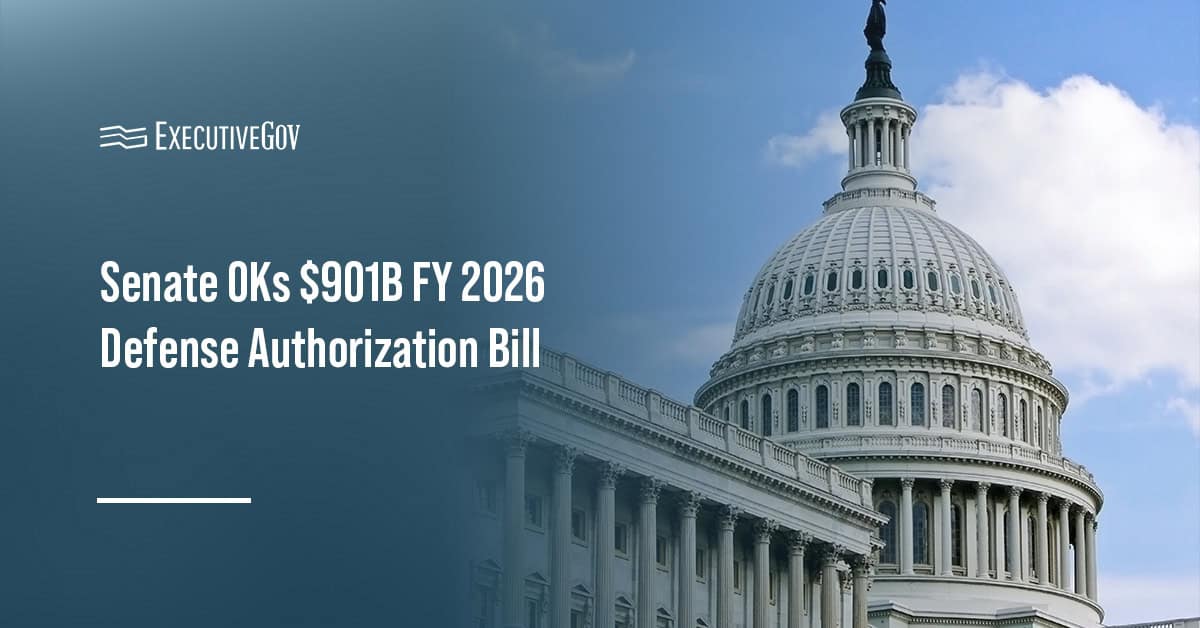The Association for Uncrewed Vehicle Systems International has urged the Senate Armed Services Committee to update the foreign military sales process and the U.S. export control measures, particularly those delaying the transfer of uncrewed and autonomous systems to allied countries.
In a testimony submitted to SASC on Thursday, AUVSI said the current FMS process and export control regimes are outdated, resulting in weakening defense cooperation and widening strategic and capability gaps, which U.S. adversaries such as China could exploit.
Table of Contents
Regulatory Mismatch
According to AUVSI, the unmanned aircraft system sector faces increasing challenges due to regulatory misalignment that conflicts with the United States’ strategic priorities, citing the Fiscal Year 2024 National Defense Authorization Act and AUKUS Pillar II that promote autonomous system codevelopment with allies but hindered by the Directorate of Defense Trade Controls, which continues to exclude most UAS-related technical data from International Traffic in Arms Regulations exemptions.
The organization also highlighted how outdated international controls hamper the export of unmanned systems. AUVSI said the Missile Technology Control Regime thresholds, specifically a range of 300 km and a payload of 500 kg, do not account for modern, attritable UAS designed for tactical operations.
“Subjecting these platforms to the same constraints as intercontinental systems disadvantages U.S. companies and has allowed nonMTCR competitors, such as the PRC and Turkey, to capture over 60% of the global UAS export market,” AUVSI explained.
The organization provided recommendations to address the FMS and export control concerns, including clarifying ITAR exemptions to include UAS-related technical data aligned with FY2024 NDAA and AUKUS Pillar II priorities, updating the MTCR thresholds to exclude attritable UAS to enable U.S. companies to compete more effectively in the global market, and funding FMS digitalization to track delays in sustainment and cooperative development programs and streamline the export process to reduce turnaround times for UAS sustainment cases.
Chinese Trade Restrictions
U.S. drone manufacturers and component suppliers are facing challenges in accessing critical technologies stemming from China’s export restrictions on seven rare earth elements and magnets used in the defense, energy and automotive sectors. China’s Ministry of Commerce announced the export control measures in April in response to U.S. tariff increases on Chinese products.
According to AUVSI, China’s action highlighted the need to expand domestic production of autonomy-critical components, including sensors, artificial intelligence chips and rare earth materials, to eliminate the dependency of the U.S. drone sector on Chinese supply chains.





